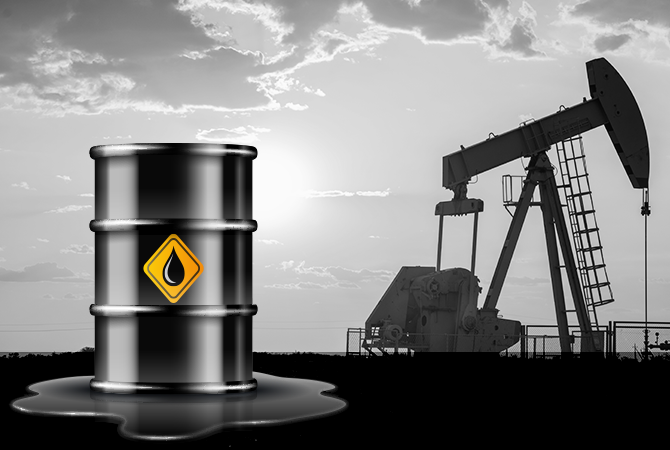FURNANCE OIL


Fuel oil, also called furnace oil, is a fuel consisting mainly of residues from crude-oil distillation. It is used primarily for steam boilers in power plants, aboard ships, and in industrial plants. Commercial fuel oils usually are blended with other petroleum fractions to produce the desired viscosity and flashpoint. Flashpoint is usually higher than that of kerosene. The term fuel oil ordinarily does not include such fuels as kerosene.
Fuel oil (also known as heavy oil, marine fuel, bunker, furnace oil, or gas-oil) is a fraction obtained from petroleum distillation. It includes distillates – the lighter fractions, and residues – the heavier fractions.
HISTORY
The term fuel oil generally includes any liquid fuel that is burned in a furnace or boiler to generate heat, or used in an engine to generate power. However, it doesn’t usually include other liquid oils, such as those with a flashpoint of approximately 42 °C (108 °F), or oils burned in cotton- or wool-wick burners. In a stricter sense, the term fuel oil refers only to the heaviest commercial fuels that crude oil can yield, that is, those fuels heavier than gasoline (petroleum) and naphtha.
Fuel oil consists of long-chain hydrocarbons, particularly alkanes, cycloalkanes, and aromatics. Small molecules like those in propane, naphtha, gasoline for cars, and jet fuel (kerosene) have relatively low boiling points, and they are removed at the start of the fractional distillation process. Heavier petroleum products like diesel fuel and lubricating oil are much less volatile and distill out more slowly, while bunker oil is literally the bottom of the barrel. In oil distilling, the only things denser than bunker fuel are carbon black feedstock and bituminous residue (asphalt), which is used widely for paving roads, and in some regions for sealing roofs.
USES
Oil has many uses; it heats homes and businesses and fuels trucks, ships, and some cars. A small amount of electricity is produced by diesel, but it is more polluting and more expensive than natural gas. It is often used as a backup fuel for peaking power plants in case the supply of natural gas is interrupted or as the main fuel for small electrical generators. In Europe, the use of diesel is generally restricted to cars (about 40%), SUVs (about 90%), and trucks and buses (over 99%). The market for home heating using fuel oil has decreased due to the widespread penetration of natural gas as well as heat pumps. However, it is very common in some areas
Environmental cleanups at such facilities are frequently complicated by the use of asbestos insulation on the fuel feed lines. No. 6 oil is very persistent and does not degrade rapidly. Its viscosity and stickiness also make remediation of underground contamination very difficult, since these properties reduce the effectiveness of methods such as air stripping.
When released into water, such as a river or ocean, residual oil tends to break up into patches or tarballs – mixtures of oil and particulate matter such as silt and floating organic matter – rather than form a single slick. An average of about 5-10% of the material will evaporate within hours of the release, primarily the lighter hydrocarbon fractions. The remainder will then often sink to the bottom of the water column.